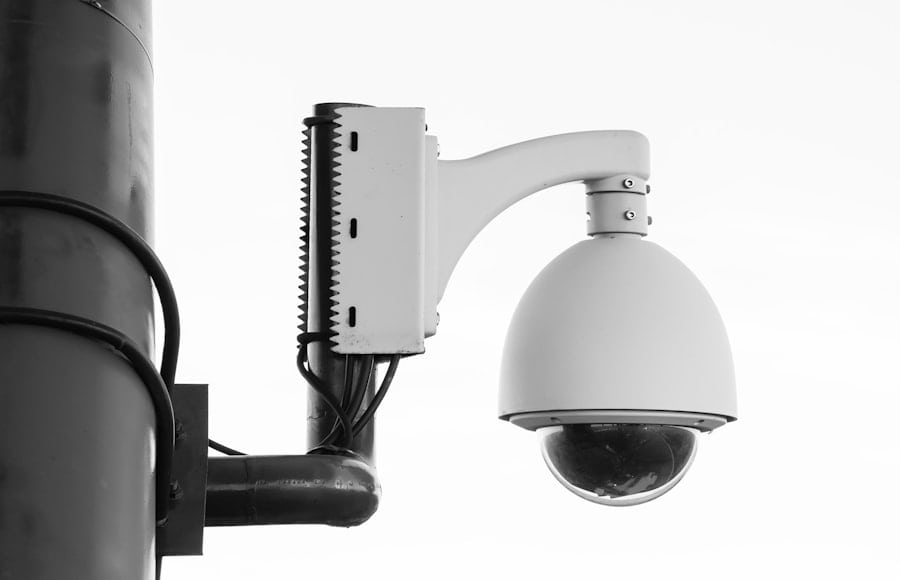Brute force attacks are a prevalent hacking technique used to gain unauthorized access to systems or networks. This method involves systematically attempting every possible combination of passwords or encryption keys until the correct one is identified. While simple in concept, brute force attacks can be highly effective, particularly against systems with weak or easily guessable passwords.
To mitigate the risk of brute force attacks, several security measures can be implemented. One effective strategy is the use of strong, complex passwords that incorporate a mix of uppercase and lowercase letters, numbers, and special characters. This significantly increases the time and computational power required for a successful brute force attack.
Account lockout policies are another valuable defense mechanism. By temporarily or permanently locking an account after a specified number of failed login attempts, these policies can significantly impede brute force attacks. Multi-factor authentication (MFA) provides an additional layer of security against brute force attacks.
MFA requires users to provide two or more forms of verification before granting access to a system or network. This approach substantially increases the difficulty of unauthorized access, as hackers would need to compromise multiple authentication factors rather than just a single password.
Key Takeaways
- Brute force attacks are a common method used by hackers to gain unauthorized access to a system by trying every possible password combination.
- Strengthening WiFi network passwords by using a combination of upper and lower case letters, numbers, and special characters can significantly reduce the risk of unauthorized access.
- Implementing two-factor authentication adds an extra layer of security by requiring users to provide two forms of identification before accessing a system or network.
- Enabling network encryption, such as WPA2 or WPA3, helps protect data transmitted over the network from being intercepted by unauthorized users.
- Setting up intrusion detection systems can help identify and respond to potential security threats by monitoring network traffic and identifying suspicious activity.
Strengthening WiFi Network Passwords
When it comes to securing your WiFi network, one of the most important steps you can take is to strengthen your network passwords. Weak passwords are an open invitation for hackers to gain access to your network and potentially compromise your sensitive data. To strengthen your WiFi network password, consider using a passphrase instead of a single word.
A passphrase is a combination of words that is easy for you to remember but difficult for others to guess. Additionally, make sure your password is at least 12 characters long and includes a mix of uppercase and lowercase letters, numbers, and special characters. It’s also important to change your WiFi network password regularly to prevent unauthorized access.
Set a reminder to update your password every few months, and be sure to choose a new password that is just as strong as the previous one.
Implementing Two-Factor Authentication

Two-factor authentication (2FA) is an additional layer of security that requires not only a password and username but also something that only the user has on them, such as a piece of information only they should know or have immediately on hand – like a physical token. 2FA makes it much more difficult for hackers to gain access to a person’s devices and online accounts because knowing the victim’s password alone is not enough to pass the authentication check. Implementing 2FA can significantly reduce the risk of unauthorized access to your accounts and devices.
Many online services and platforms offer 2FA as an option, so be sure to enable it wherever possible.
Enabling Network Encryption
| Metrics | Data |
|---|---|
| Encryption Protocol | TLS 1.2 |
| Encryption Strength | 256-bit |
| Network Traffic Encrypted | 100% |
| Encryption Key Length | 2048 bits |
Network encryption is essential for protecting the data that is transmitted over your WiFi network. Encryption scrambles the data so that it can only be read by someone who has the right encryption key, making it much more difficult for hackers to intercept and decipher your sensitive information. To enable network encryption, make sure that your WiFi router is using WPA2 or WPA3 encryption protocols.
These are the most secure options available and will help keep your network safe from unauthorized access. It’s also important to regularly update your router’s firmware to ensure that it has the latest security features and patches. This will help protect your network from new vulnerabilities and potential attacks.
Setting Up Intrusion Detection Systems
Intrusion detection systems (IDS) are an essential tool for monitoring and protecting your network from unauthorized access and potential security threats. An IDS works by monitoring network traffic and identifying any suspicious activity that could indicate a potential security breach. There are two main types of IDS: network-based IDS and host-based IDS.
Network-based IDS monitors network traffic for signs of suspicious activity, while host-based IDS monitors individual devices for signs of unauthorized access or malware. Setting up an IDS can help you detect and respond to potential security threats before they have a chance to cause serious damage to your network. Be sure to configure your IDS to send alerts when suspicious activity is detected so that you can take immediate action to protect your network.
Regularly Updating Firmware and Software

Regularly updating your router’s firmware and the software on all of your devices is essential for keeping your network secure. Manufacturers release updates to fix security vulnerabilities and bugs that could be exploited by hackers, so it’s important to install these updates as soon as they become available. In addition to updating your firmware and software, it’s also important to regularly review and update your network security settings.
This includes changing default passwords, disabling any unnecessary services, and configuring firewalls and other security features to protect your network from potential threats. By staying on top of firmware and software updates, you can help ensure that your network is protected from the latest security vulnerabilities and potential attacks.
Monitoring Network Activity
Monitoring your network activity is crucial for detecting any signs of unauthorized access or potential security threats. By regularly reviewing logs and monitoring network traffic, you can identify any suspicious activity and take immediate action to protect your network. There are many tools available that can help you monitor your network activity, including network monitoring software and intrusion detection systems.
Be sure to configure these tools to send alerts when suspicious activity is detected so that you can respond quickly and effectively. In addition to using monitoring tools, it’s also important to educate yourself and your team about the signs of potential security threats so that you can recognize them when they occur. By staying vigilant and proactive, you can help protect your network from unauthorized access and potential security breaches.
If you are interested in learning more about cybersecurity and the potential risks of brute force attacks, you may want to check out this article on why the metaverse will die. This article discusses the potential downfall of the metaverse and the impact it could have on our digital security. It’s important to stay informed about these issues as technology continues to advance.
FAQs
What is a brute force attack on WiFi?
A brute force attack on WiFi is a method used by hackers to gain unauthorized access to a WiFi network by systematically trying all possible combinations of passwords until the correct one is found.
How does a brute force attack on WiFi work?
In a brute force attack on WiFi, hackers use automated software to generate and try different combinations of passwords until the correct one is found. This process continues until the hacker gains access to the WiFi network.
What are the risks of a brute force attack on WiFi?
The risks of a brute force attack on WiFi include unauthorized access to the network, potential theft of sensitive information, and the ability for hackers to carry out further malicious activities once inside the network.
How can I protect my WiFi network from a brute force attack?
To protect your WiFi network from a brute force attack, it is important to use a strong and unique password, enable network encryption such as WPA2, and regularly update your router’s firmware to patch any security vulnerabilities.
Is it illegal to perform a brute force attack on WiFi?
Yes, performing a brute force attack on WiFi is illegal and considered a form of unauthorized access to a computer network, which is a violation of various cybercrime laws.











Leave a Reply